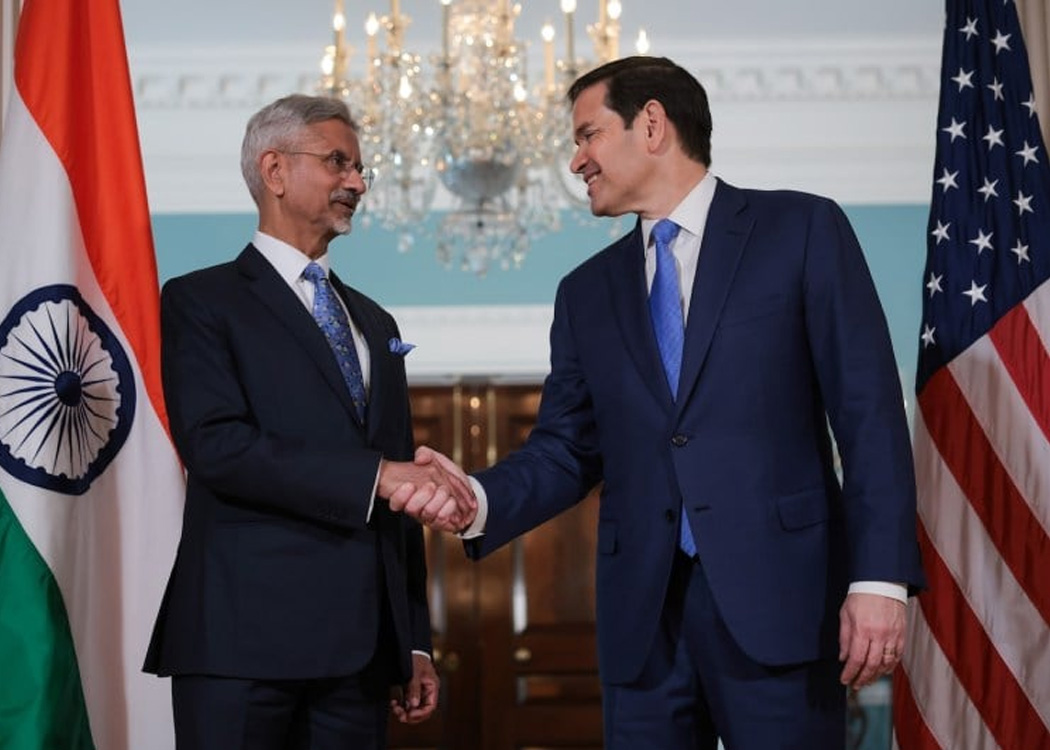NEW DELHI: India’s agriculture and dairy sectors remain major sticking points in its ongoing trade negotiations with the United States, Finance Minister Nirmala Sitharaman has confirmed, emphasizing that these are “big red lines” where the government is exercising “a high degree of caution.”
The statement comes amid efforts by both countries to finalize a bilateral trade agreement before President Donald Trump’s July 9 deadline, set for the imposition of reciprocal tariffs.
Sitharaman, speaking to the Financial Express in an interview reported by Reuters, acknowledged the strategic importance of the deal but underlined that agriculture and dairy access remain deeply sensitive areas for India.
“Yes, I’d love to have an agreement, a big, good, beautiful one; why not?” she said. “But agriculture and dairy have been among very big red lines.”
US pushing for wider market access
The United States is seeking broader access to the Indian market for agricultural products, ethanol, dairy, alcoholic beverages, automobiles, medical devices, and pharmaceuticals, arguing that the current imbalance in trade is significant.
However, Indian policymakers remain concerned about the potential impact on small farmers, cooperative dairies, and local manufacturers.
Domestic industries raise alarms
India’s automobile, pharmaceutical, and small-scale industry sectors are lobbying the government to adopt a gradual, cautious approach, fearing that rapid liberalization would expose them to unfair competition from larger, well-capitalized US firms.
Sitharaman reassured that these concerns are being taken seriously.
“Discussions on the trade deal will address concerns of the automobile and other industries with deep consultations,” she said.
A balancing act
While India remains open to trade reforms, Sitharaman’s remarks underscore the delicate balance the government must maintain between fostering international trade relations and protecting domestic economic interests—especially in politically sensitive sectors like agriculture and dairy, which form the backbone of rural livelihoods. With negotiations ongoing and tariffs looming, both sides are under pressure to reach a consensus that accommodates strategic and economic priorities without alienating key domestic stakeholders.






